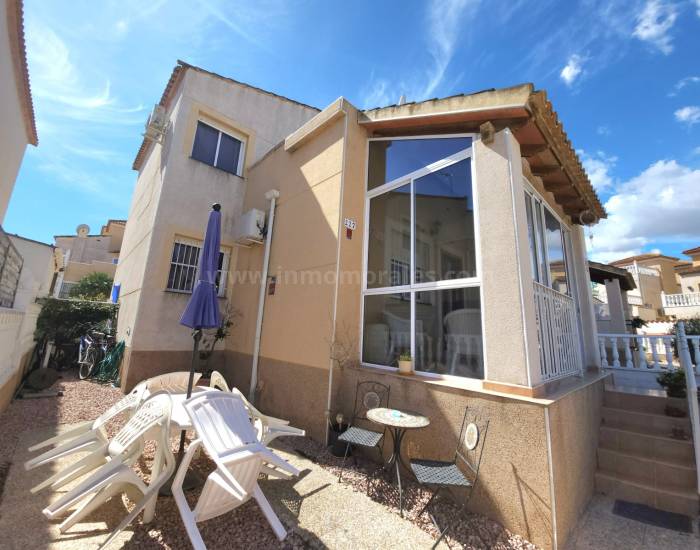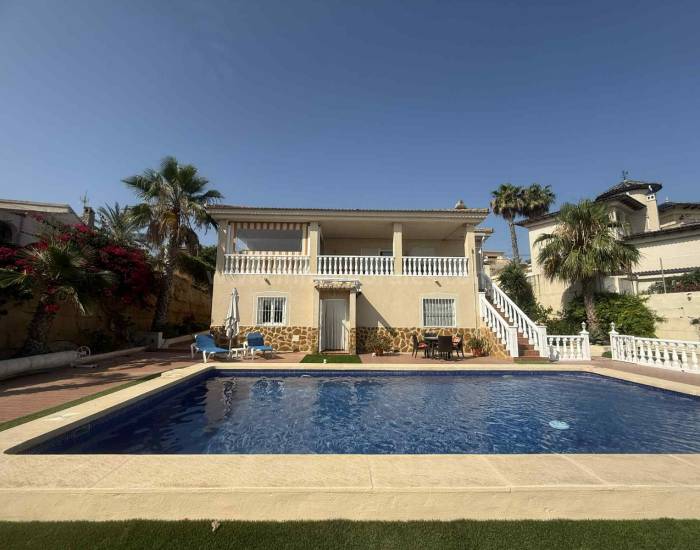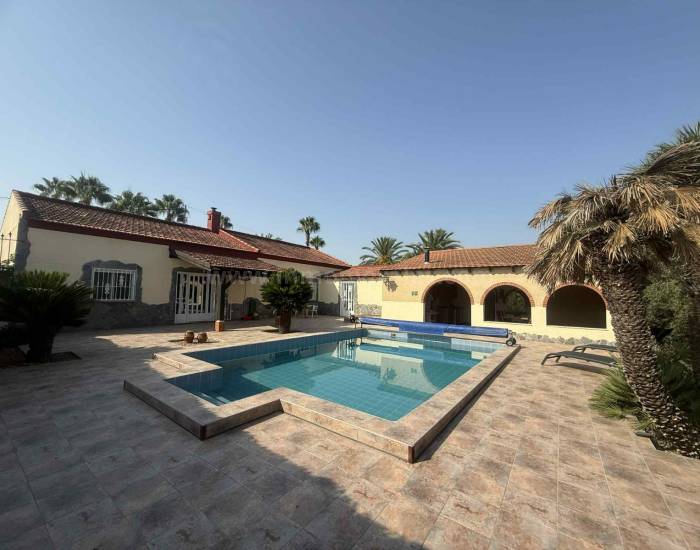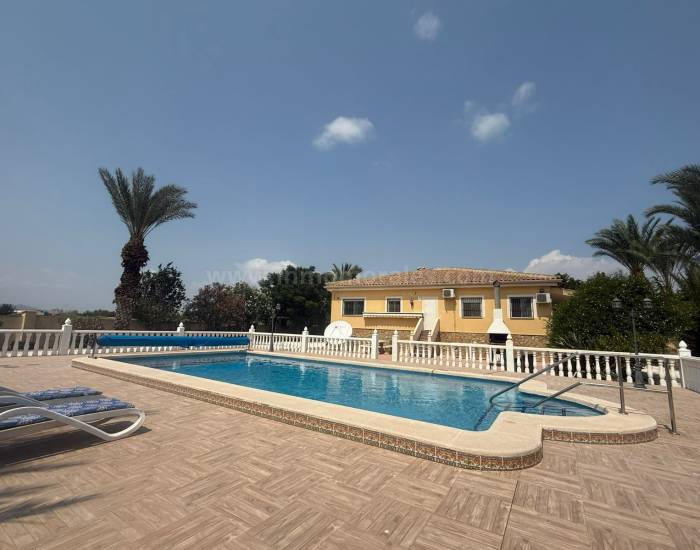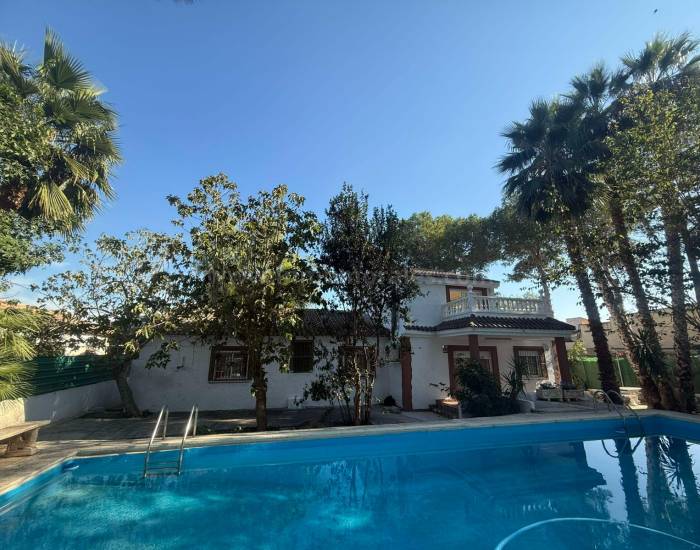Las Fallas / Valencia

Every year the Las Fallas / Falles takes place in the city of Valencia. This is a traditional celebration held in honor of Saint Joseph. Las Fallas, this gigantic street festival in Valencia is the largest in Spain, yes, perhaps the largest in Europe!
The term Fallas refers to the party but also to the images that are specially made for the Las Fallas. These giant statues are made from both wood and polystyrene.
Las Fallas officially starts the last Sunday of February (in 2020 that is March 1) with an opening party 'La Crida' at the characteristic Torres de Serrano and ends on March 19 with 'La Crema', the burning of the images made for the party . Every district of the city has a fallas association, Casal Faller (or a comissió fallera), which raises funds all year round to pay for the celebration and the production of the images.
The festival was declared a world heritage site at the end of 2016 and has been on the representative list of the intangible cultural heritage of humanity from UNESCO since then.
Events during Las Fallas
From the moment the Fallas has started, the party starts and some traditional festivities and activities take place such as:
Last Sunday of February: (in 2020 that is March 1)
La Crida - official opening of Las Fallas at Torres de Serranos with fireworks and a light show. The fallera mayor invites everyone to come to Valencia to experience Las Fallas.
From 2 March:
La Mascletà: From 2 March to 19 March, the so-called mascletas are lit every day at 2 pm at the town hall (Plaza Ayuntamiento). This is fierce bang fireworks that explode in different rhythms and varying volumes.
March 15:
La Planta - On the night of 15 to 16 March, all fallas must be fully installed and ready. In the early morning of March 16, the artworks will be judged by a jury and prizes will be given in different categories.
March 17 and 18:
L'Ofrena de flors - flower offerings on the Virgen de los Desamparados (the holy virgin of the needy). More than 100,000 members of the various fallas associations walk in traditional costumes in a parade through the streets of Valencia. The girls and ladies each wear a bunch of red, pink or white carnations. The flowers are offered at the Plaza de la Virgen (Square of the Virgin) to the Virgen de los Desamparados.
On the square is a huge wooden framework with the head of Mary on it. The bunches of flowers are handed over to a group of women and men who then attach the flowers to the framework.
Within 2 days Maria's bare wooden body changes into a beautiful floral mantle.













